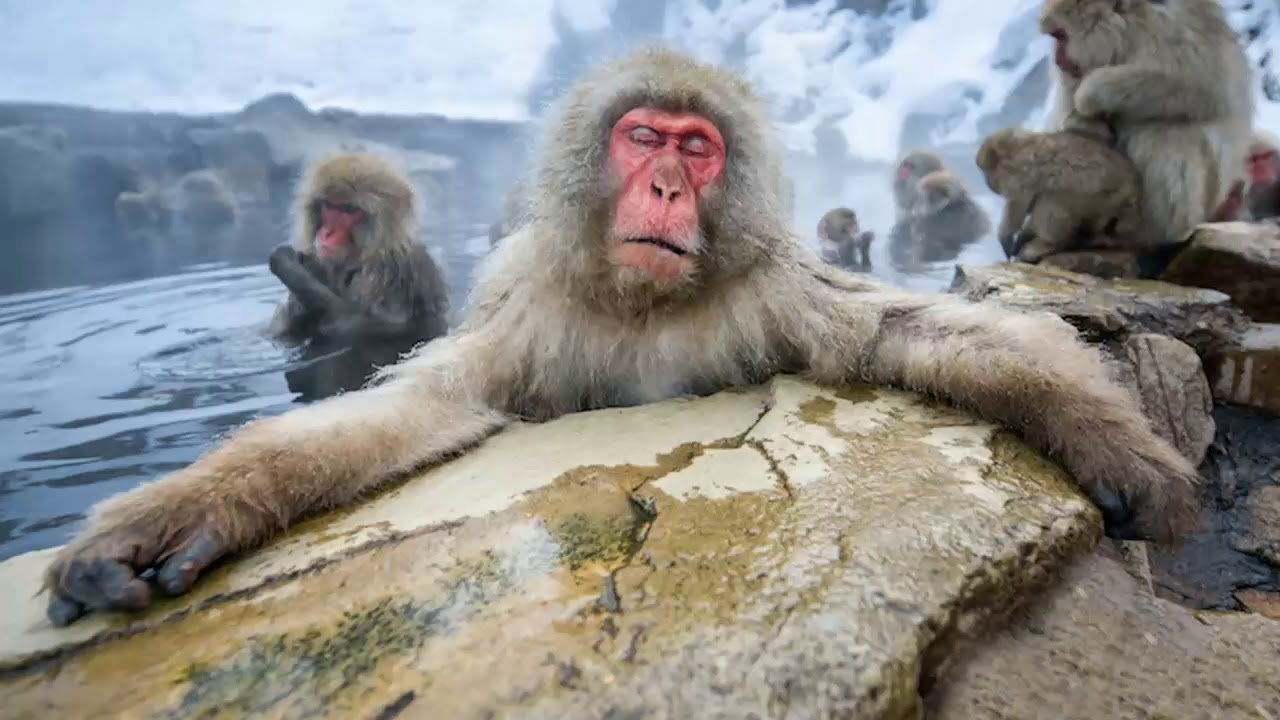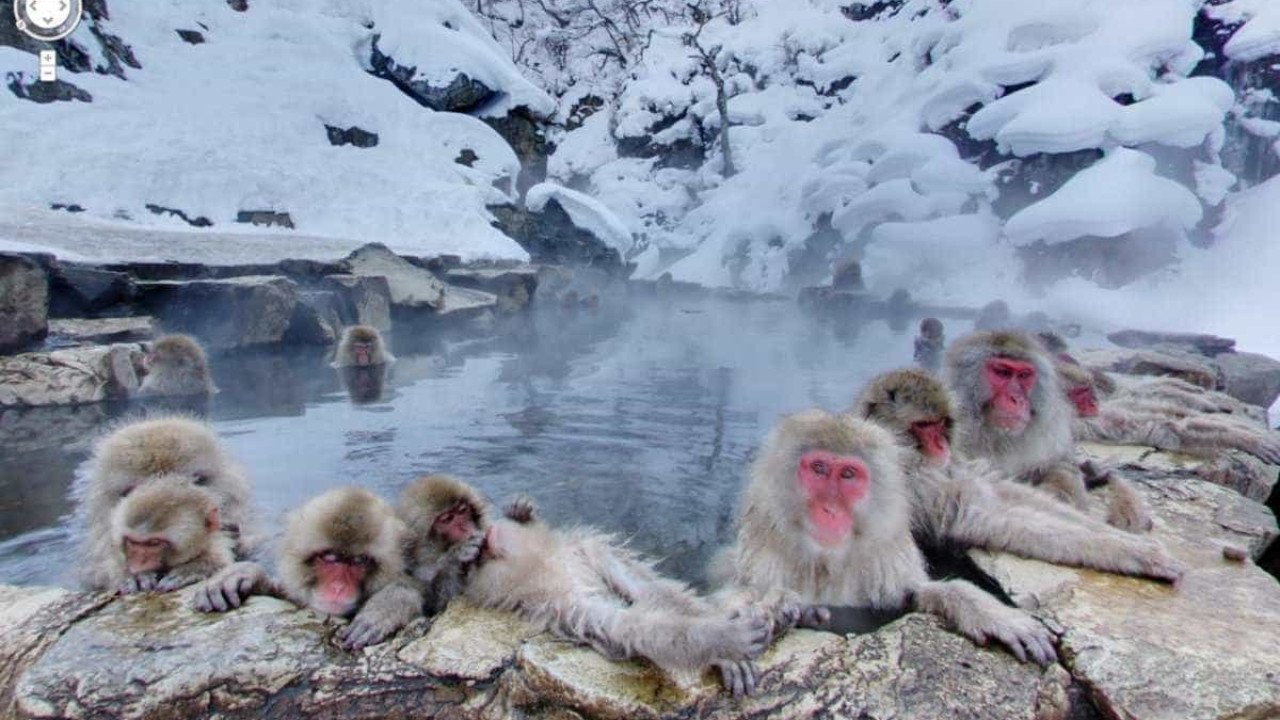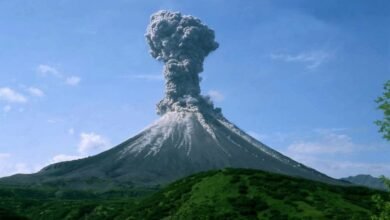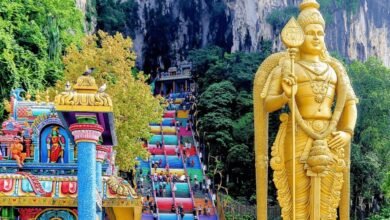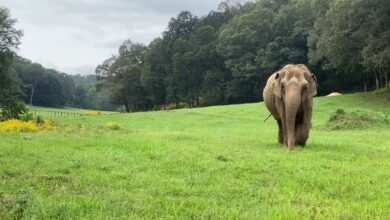Introduction to Jigokudani Monkey Park
Nestled in the midst of the Japanese Alps, Jigokudani Monkey Park offers a unique spectacle: wild snow monkeys bathing in the natural hot springs. With a history spanning over two decades and an unparalleled natural setting, the park has become a must-visit destination for nature enthusiasts and travelers alike.
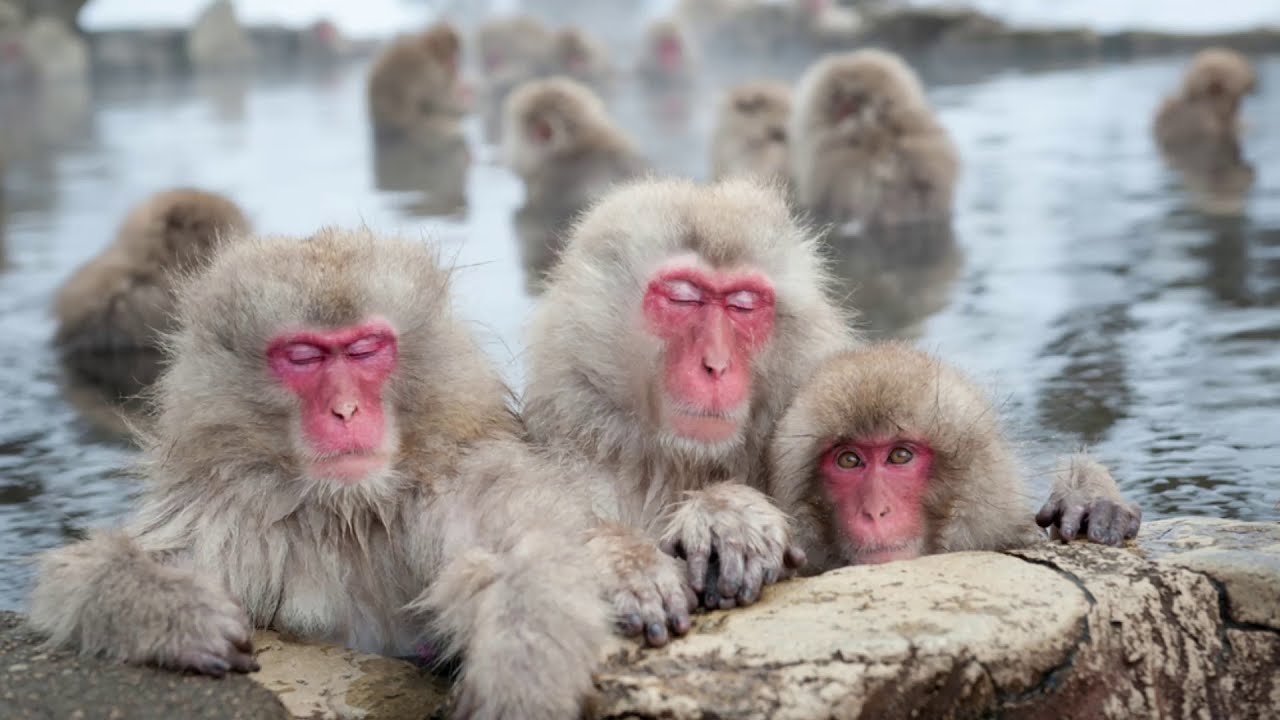
A Historical Overview
Established in 1964, the park covers an area of 6.4 hectares within the Yokoyu River valley. The name ‘Jigokudani’, translating to ‘Hell’s Valley’, derives from the steam and boiling water that bubbles from crevices in the frozen ground, reminiscent of the imagined landscapes of hell.
Why the Snow Monkeys Love Jigokudani
Adapting to the Cold: The Japanese macaques, colloquially known as ‘snow monkeys’, are the northernmost living non-human primates. Over the years, they have adapted to the cold, with their thick fur and a unique habit of soaking in the onsens (hot springs) to stay warm during the harsh winters.
Social Bathing Rituals: Observing the snow monkeys at Jigokudani is not just about witnessing wildlife in their habitat. It’s a lesson in primate social behavior. Higher-ranking monkeys often get the first dips, while juveniles play and jostle for a spot in the warm waters.
The Four Seasons at Jigokudani
Winter’s Snowy Embrace: This is the iconic scene most associated with Jigokudani – snow-covered landscapes with monkeys relaxing in the steaming onsens.
Spring’s Blossoming Beauty: As the snow melts, the valley is covered in blossoms, offering a fresh palette of colors and a resurgence of other wildlife.
Summer’s Verdant Canopy: The park transforms into a lush green habitat, with the monkeys venturing further into the forests, showcasing their agile tree-climbing skills.
Autumn’s Golden Hues: The foliage turns gold and red, creating a picturesque backdrop for the macaques, who start to frequent the onsens more as the temperature begins to drop.
Conservation Efforts and Ecotourism
Jigokudani Monkey Park plays a pivotal role in the conservation of the snow monkeys. The park’s establishment has not only protected their habitat but also focused on creating a harmonious environment where humans can observe without disturbing their natural behaviors.
Ecotourism initiatives ensure that visitors are educated about the monkeys, their habitat, and the importance of conservation. With guided tours and informational boards, the park prioritizes both the wellbeing of the monkeys and the enriching experience of its visitors.
Visiting Jigokudani Monkey Park: Tips and Recommendations
Best Time to Visit: While the park is open year-round, the winter months of December to March offer the iconic snowy vistas. For fewer crowds and pleasant weather, consider visiting during the spring or autumn months.
Getting There: From Tokyo, one can take the Shinkansen to Nagano, followed by a local train and bus ride to the park.
Stay and Amenities: The Jigokudani Monkey Park nearby town of Yamanouchi offers a range of accommodations, from traditional ryokans to modern hotels. Many of these establishments also boast their onsens, allowing guests to experience the same relaxation as the snow monkeys.
Concluding Thoughts
Jigokudani Monkey Park stands as a testament to nature’s wonders and human efforts at conservation. A visit here is not just about witnessing the famed snow monkeys but understanding their world, their behaviors, and the importance of coexistence.
Rate UsRate Us


